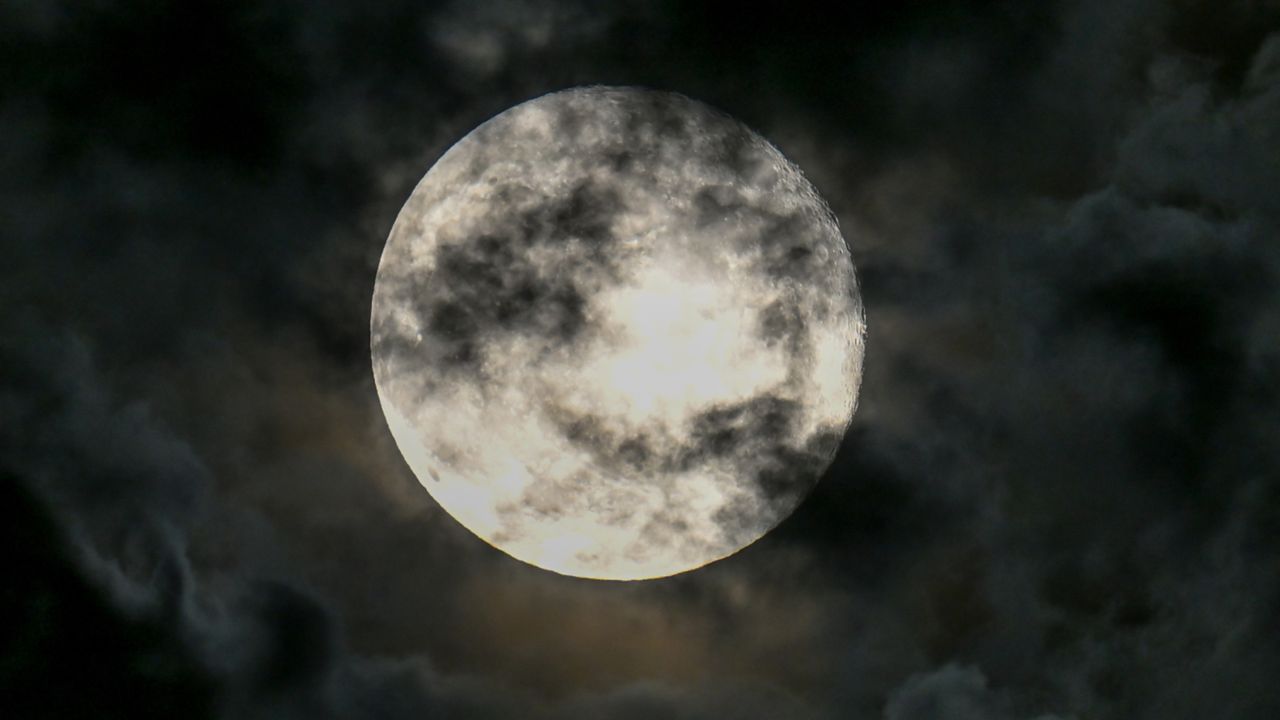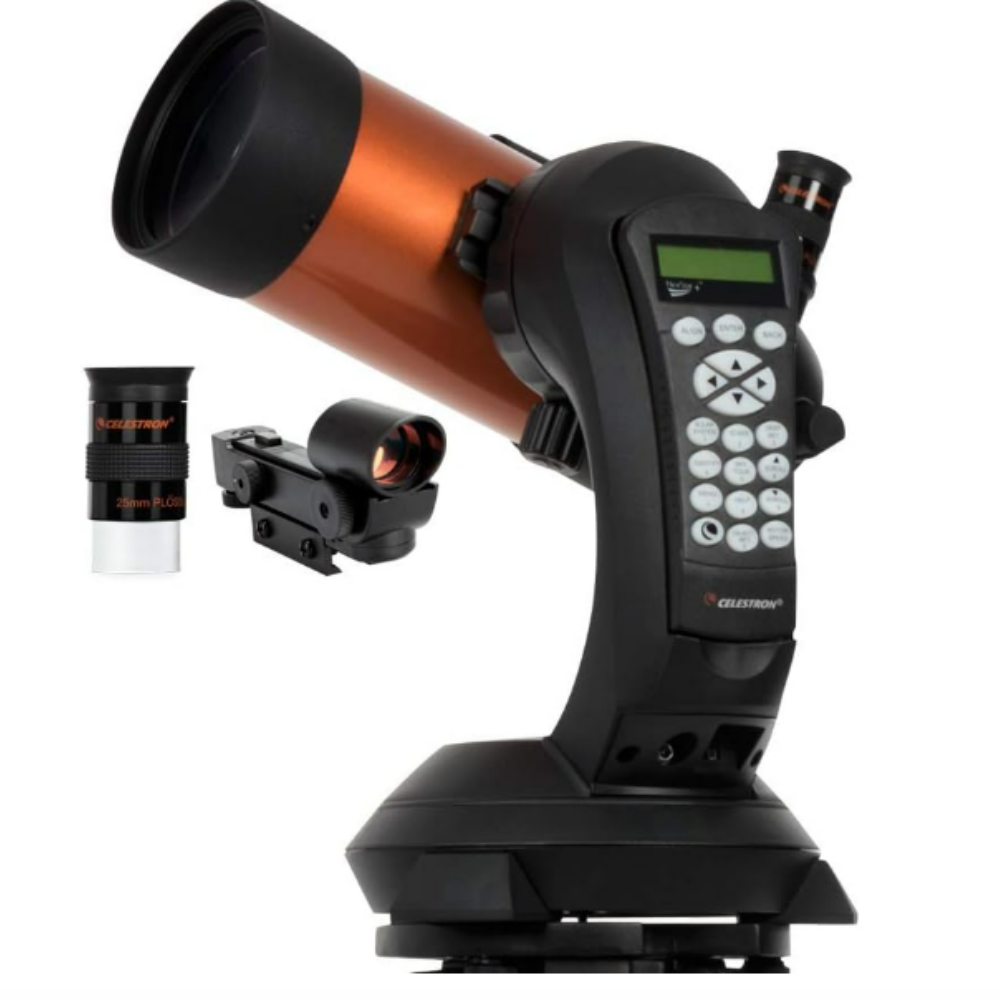
The first supermoon of 2025 takes to the night sky in less than one week! Here's what you need to know about the full "Harvest Moon" before it rises to put on a magnificent show on Oct. 6.
October's full moon phase will occur at 11:48 p.m. EDT on Oct. 6 (0348 GMT on Oct. 7), when the lunar disk will be positioned opposite the sun in the evening sky, appearing fully lit by direct sunlight. This month's full moon is called the "Harvest Moon" because it rises closest to the Autumnal Equinox, when farmers historically would work under the light of the moon to bring in the last of summer's bounty before the weather turned.
This month's full moon occurs as the natural satellite approaches its closest point to Earth in its monthly orbit, giving rise to a dramatic "supermoon" that will appear slightly larger than usual in the night sky.
Viewers in the U.S. will be treated to a spectacular view of the Harvest Moon when it rises over the eastern horizon at sunset on Oct. 6. The supermoon will appear particularly imposing around moonrise, when an effect called the "moon illusion" tricks our brains into believing that it is larger than when it is directly overhead, with no foreground objects for reference.

Looking for a telescope to view the moon? The Celestron NexStar 4SE is our top pick for beginners. For a more in-depth look at our Celestron NexStar 4SE review.
Moongazers may also see the lunar disk adopt an orange-yellow hue in the hour following moonrise as Earth's atmosphere scatters the blue light reflecting from its surface, while allowing longer, redder wavelengths through.
Saturn will be visible shining a little over 15 degrees to the upper right of the full moon as it rises on Oct. 6, with the four stars of the famous Square of Pegasus asterism forming a diamond directly above the lunar disk. A good rule of thumb — pun intended — is to remember that your clenched fist held at arm's length covers about 10 degrees of sky.
Photographers hoping to capture the event should check out our roundups of the best cameras and lenses for astrophotography in 2025, along with our expert's guide to photographing Earth's natural satellite using a DSLR camera.
Editor's Note: If you capture an image of the Harvest Supermoon and want to share it with Space.com's readers, then please send your photo(s), comments, name and location to spacephotos@space.com.







